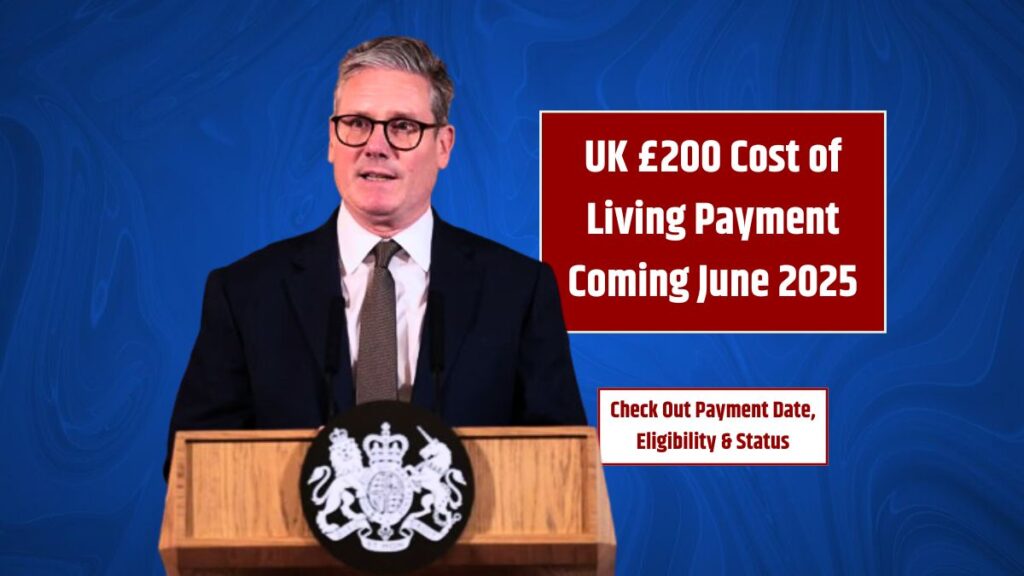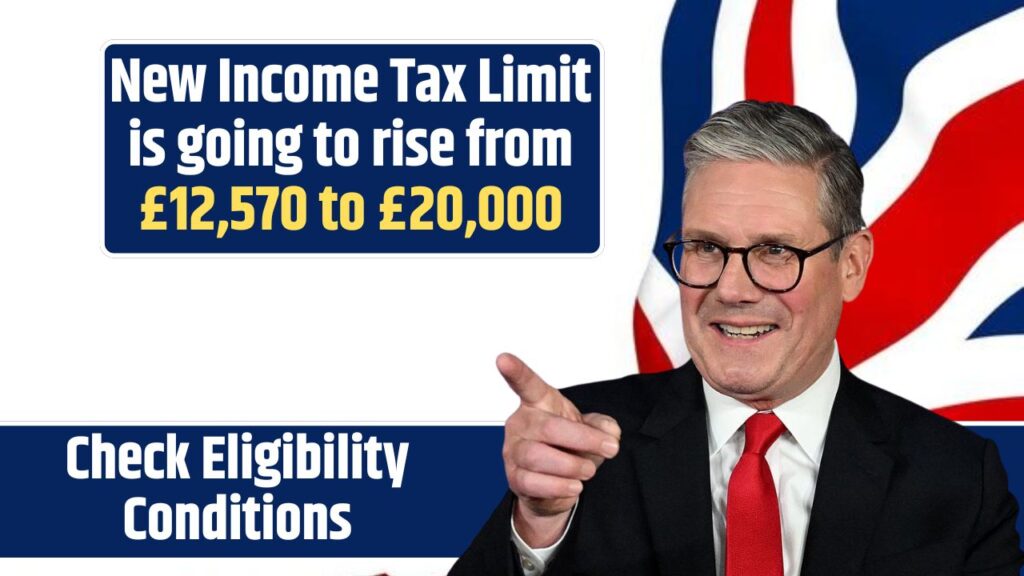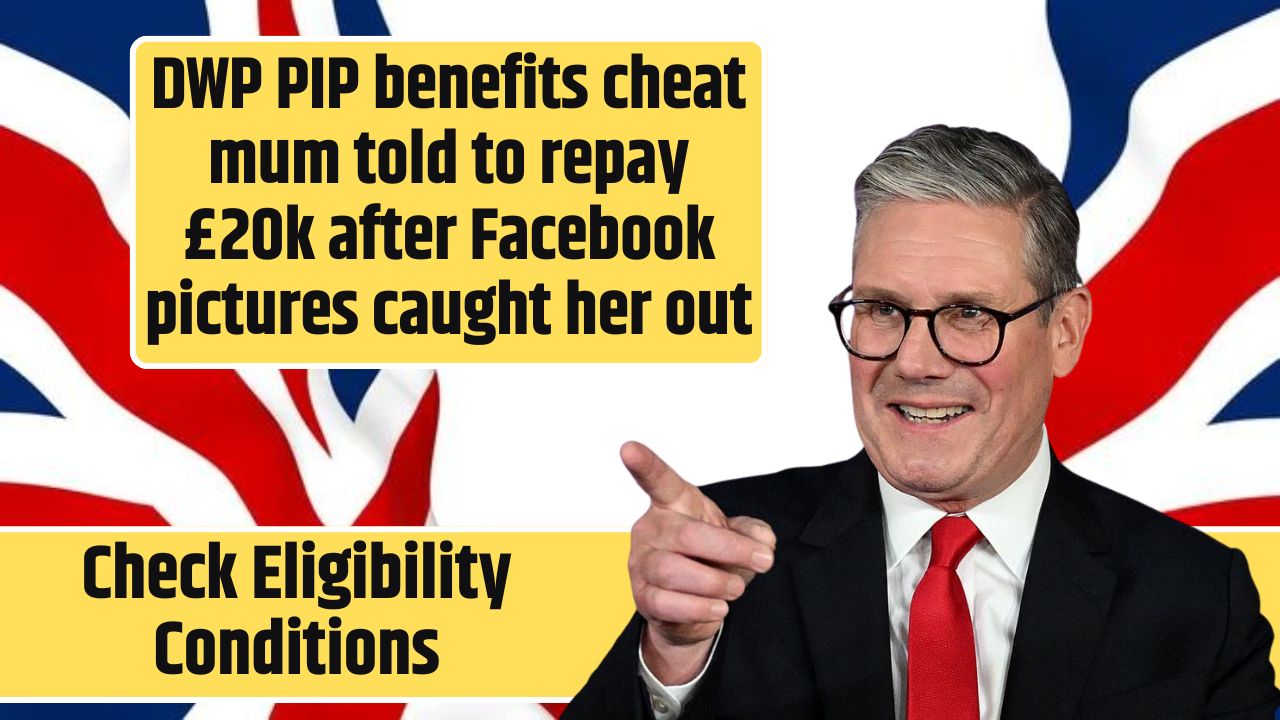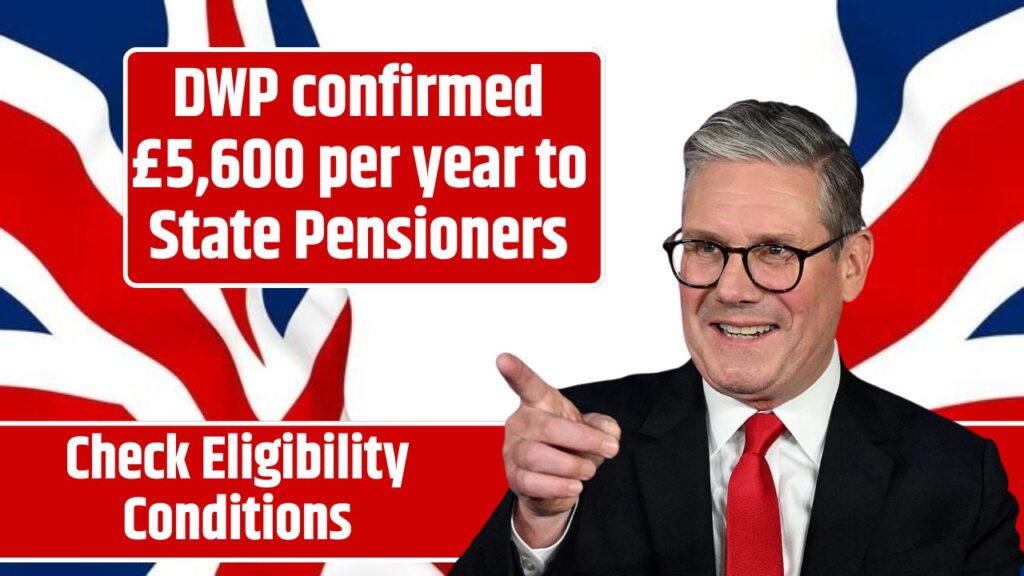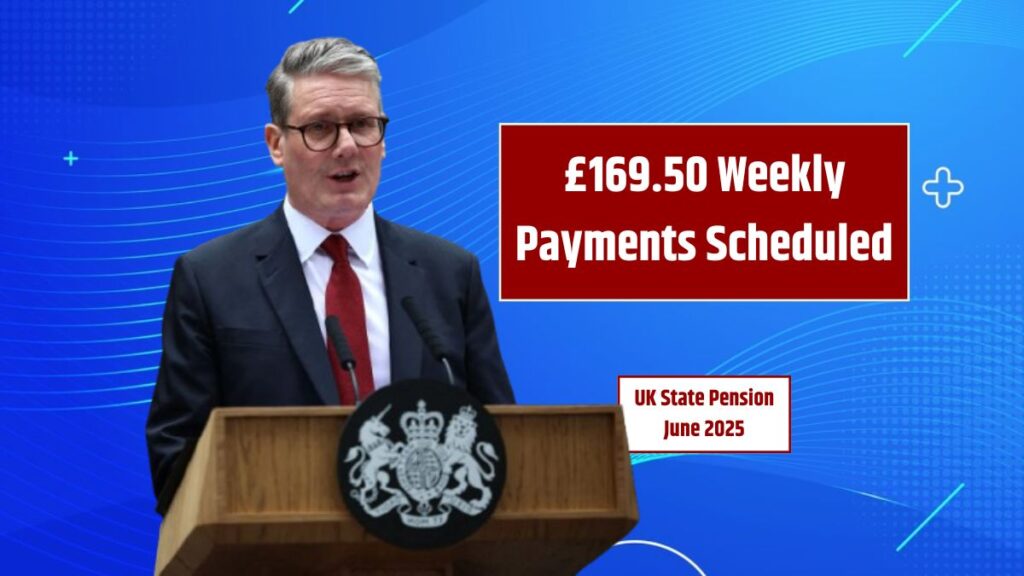Millions of Americans still have a shot at claiming a fourth stimulus check worth up to $1400—and the clock is ticking. The IRS has rolled out an initiative to issue these payments based on 2021 tax returns, especially targeting individuals who either didn’t file or missed claiming the Recovery Rebate Credit (RRC). If you’re one of them, you could be leaving free money on the table.
Overview
The IRS announced it’s distributing roughly $2.4 billion in unclaimed stimulus payments, automatically crediting eligible taxpayers. This round is essentially a “catch-up” for those who didn’t receive all or part of the third stimulus payment. But there’s a deadline: April 15, 2025. After that, the money goes straight to the U.S. Treasury.
This isn’t just small change—1.1 million Americans are sitting on $1 billion in potential tax refunds. Some states, like Mississippi, have thousands of unclaimed refunds averaging $701 per person.
Here’s what you need to know.
Eligibility
So, who qualifies for this stimulus check? Here’s a simple breakdown of the major groups:
Non-Claimers
Did you skip the Recovery Rebate Credit when filing your 2021 taxes? If the section was left blank or marked $0, you could still qualify. The IRS is automatically reviewing returns and issuing payments.
Non-Filers
If you didn’t file a 2021 return at all, you might still be eligible—but you must act before April 15, 2025. This applies to those who missed out on both stimulus checks and possible tax refunds.
Disabled Individuals
Those who are legally blind or fully disabled are directly eligible. Proof of disability may be required through documentation or medical certification.
Prior EIP Eligibility
You must have qualified for at least one of the previous three Economic Impact Payments (EIPs). If you didn’t claim them fully, you’re likely eligible for this $1400 credit.
Citizenship
You must be a U.S. citizen or resident and have a valid Social Security Number (SSN).
Income Limits
| Filing Status | Max AGI to Qualify |
|---|---|
| Single Filers | Under $75,000 |
| Married (Joint) | Under $150,000 |
| Head of Household | Under $112,500 |
If you earn above these thresholds, your payment could be reduced or eliminated entirely.
Dates
When can you expect your money? The IRS plans to roll out the payments shortly after approval.
| Event | Timeline |
|---|---|
| Approval Date | Early 2025 |
| Direct Deposit | 2–4 weeks after approval |
| Paper Check | 4–8 weeks after approval |
Keep in mind that electronic payments are always faster than physical checks.
Verify Your Claim
Wondering if you already received the credit? Just pull up your 2021 tax return. Look for the Recovery Rebate Credit section. If it’s blank or reads $0, you may be eligible.
You can also check your IRS transcript online through your IRS account. It’ll show if a rebate credit was processed.
Payment
The maximum payment is $1400 per person, but it depends on your situation:
- Single Adult: Up to $1400
- Family of Four: Up to $5600
- Missed Prior Payments: May qualify for full credit
How to File
If you haven’t filed yet, don’t panic—but don’t wait either. File your 2021 tax return ASAP using IRS Free File or a trusted tax professional.
Once your return is in, the IRS will automatically determine your eligibility and process your payment.
Getting a surprise check from the government isn’t something that happens every day—don’t let it slip through your fingers. File your 2021 return if you haven’t, double-check your Recovery Rebate Credit, and keep your eyes peeled for a $1400 bonus that might be coming your way.
FAQs
Who qualifies for the $1400 stimulus check?
Anyone who missed or didn’t claim the 2021 Recovery Rebate Credit may qualify.
What’s the last day to claim the check?
You must file your 2021 tax return by April 15, 2025.
How do I check if I claimed the rebate?
Review your 2021 tax return or IRS account transcript.
Is there an income limit for eligibility?
Yes, limits vary by filing status. Single filers must earn under $75,000.
When will the stimulus checks arrive?
Expect deposits 2–4 weeks after 2025 approval, checks in 4–8 weeks.





